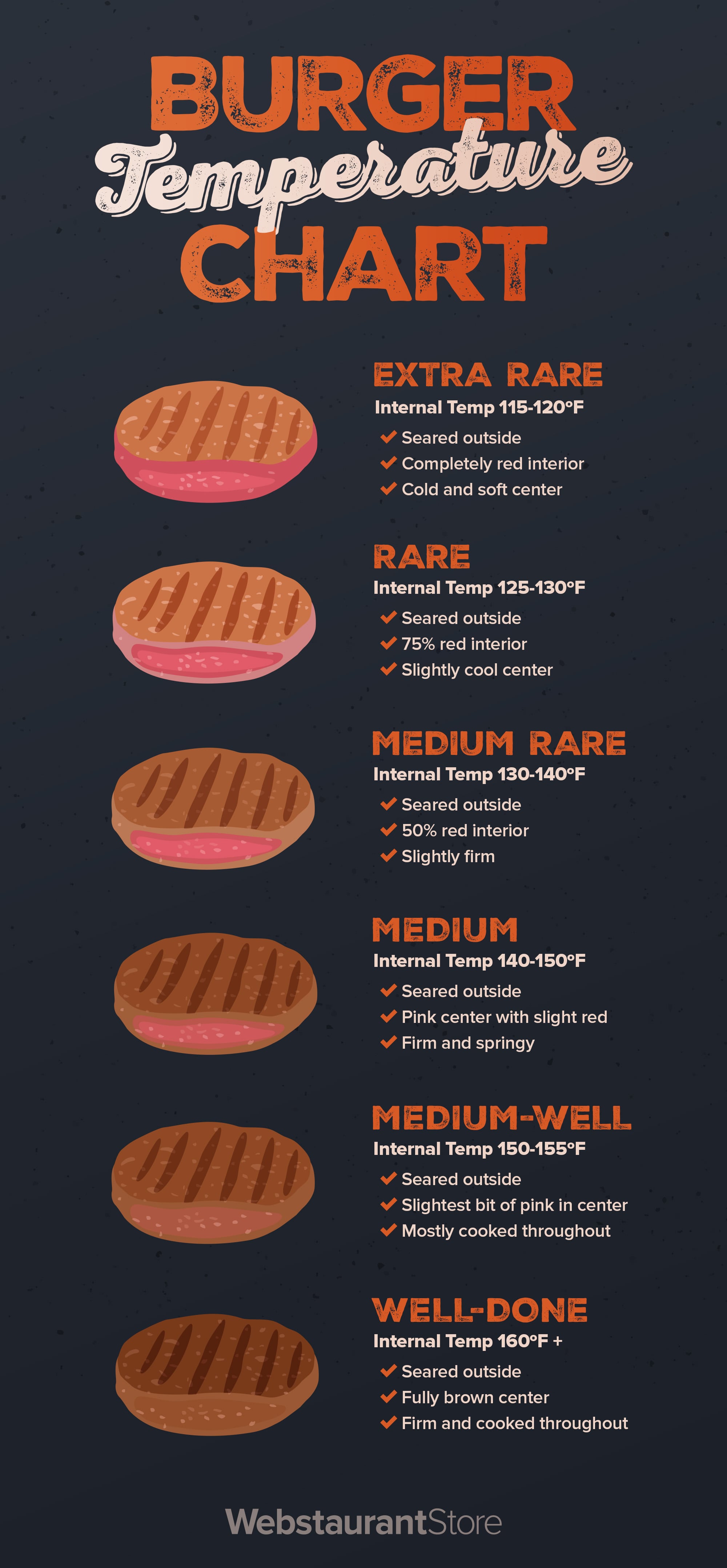There's nothing quite like the satisfaction of cooking the perfect steak. Whether you're a seasoned chef or a novice cook, understanding the ideal internal temperature for different levels of doneness can make all the difference in achieving that juicy, flavorful piece of meat. One of the most popular preferences is medium-well, offering a balance between tenderness and flavor.
Achieving the perfect steak involves more than just throwing it on the grill. It requires an understanding of temperatures, timing, and technique. This guide will delve into the specifics of cooking a medium-well steak, revealing the optimal internal temperature to ensure your steak is cooked just right every time. Let's explore how mastering these details can elevate your dining experience.
Ideal Temperature for Medium-Well Steak
When aiming for a medium-well steak, the ideal internal temperature should range between 150°F and 155°F. At this temperature, the steak is hot throughout with only a slight pink hue remaining in the center. This level of doneness ensures the steak retains its juiciness while offering a firm texture that many find appealing. Cooking to this temperature allows the flavors to fully develop without overcooking the meat.Cooking a medium-well steak involves careful monitoring of the internal temperature. Using a meat thermometer is crucial to avoid under or overcooking. Start by searing the steak on high heat to create a flavorful crust, then reduce the heat to finish cooking it through. Regularly check the internal temperature to ensure it reaches the desired range, ensuring the steak is neither too raw nor overly dry.
For those who prefer their steak less pink but still tender, medium-well offers a satisfying option. It balances the need for a well-cooked steak with the desire to retain some moisture and flavor. Understanding and adhering to the correct temperature guidelines can transform your steak preparation, making each meal a delightful experience.
Selecting the Right Cut for Medium-Well
Not all cuts of steak are equally suited for medium-well doneness. Some cuts, such as hanger steak, may become limp or mushy when cooked to medium-rare, making medium-well a better choice. Selecting the right cut is essential to achieving the best results. Cuts like ribeye, sirloin, or New York strip are known for maintaining their texture and flavor even when cooked to higher temperatures. These cuts benefit from the additional cooking time, enhancing their natural flavors.Choosing the appropriate cut depends on personal preference and the occasion. For special dinners or gatherings, opting for a cut that performs well at medium-well ensures everyone enjoys their meal. Consider experimenting with different cuts to discover which ones suit your taste best. Each cut has unique characteristics that influence its taste and texture when cooked to various temperatures.
Understanding the properties of different cuts helps in making informed decisions about what to serve. By selecting cuts that thrive at medium-well temperatures, you can consistently deliver delicious steaks that meet your expectations. This knowledge empowers you to confidently prepare meals that impress and satisfy.
Mastering the Art of Steak Cooking
Achieving the perfect steak at home involves mastering several techniques, one of which is the reverse sear method. This technique involves initially cooking the steak slowly at a low temperature until it reaches close to the desired internal temperature, then searing it quickly at high heat. This method ensures even cooking and develops a flavorful crust without overcooking the interior. The result is a steak that's perfectly cooked from edge to edge.Using a reliable meat thermometer is indispensable in this process. It allows precise control over the cooking temperature, ensuring the steak reaches the exact internal temperature required for medium-well doneness. By removing the steak from the heat source just before it reaches the target temperature, you account for carryover cooking, where the internal temperature continues to rise after removal from heat.
With practice and attention to detail, anyone can master the art of steak cooking. Combining the right techniques with accurate temperature monitoring guarantees consistent results. Whether you're cooking for yourself or hosting a dinner party, these skills enable you to produce restaurant-quality steaks that delight every palate.

